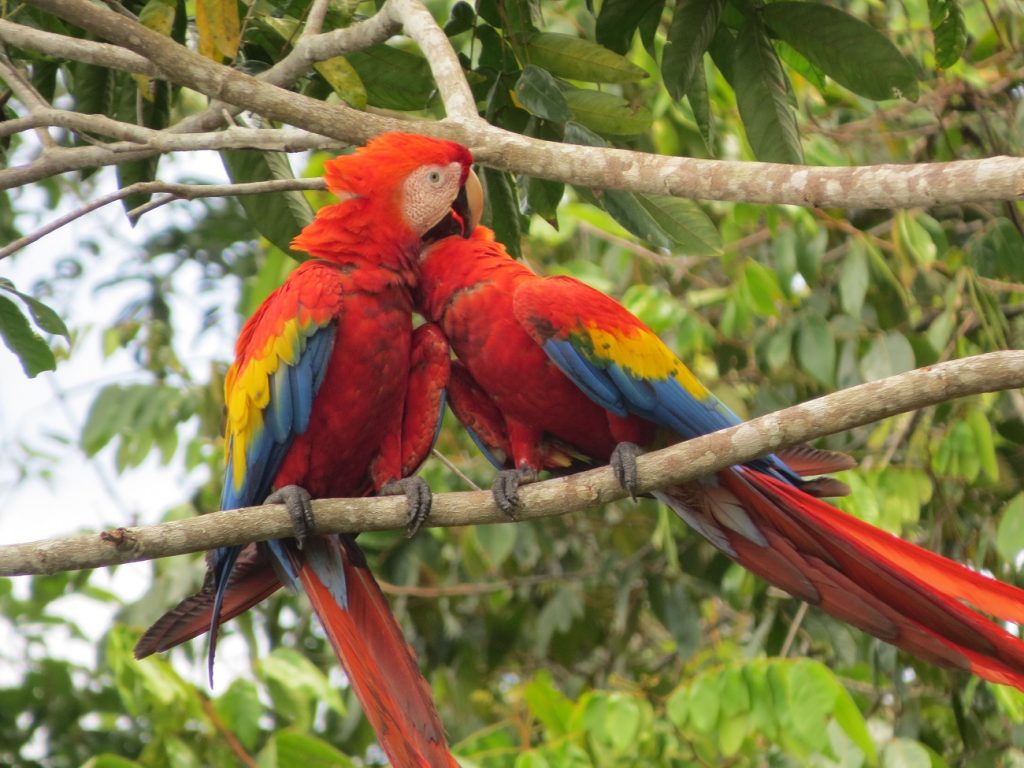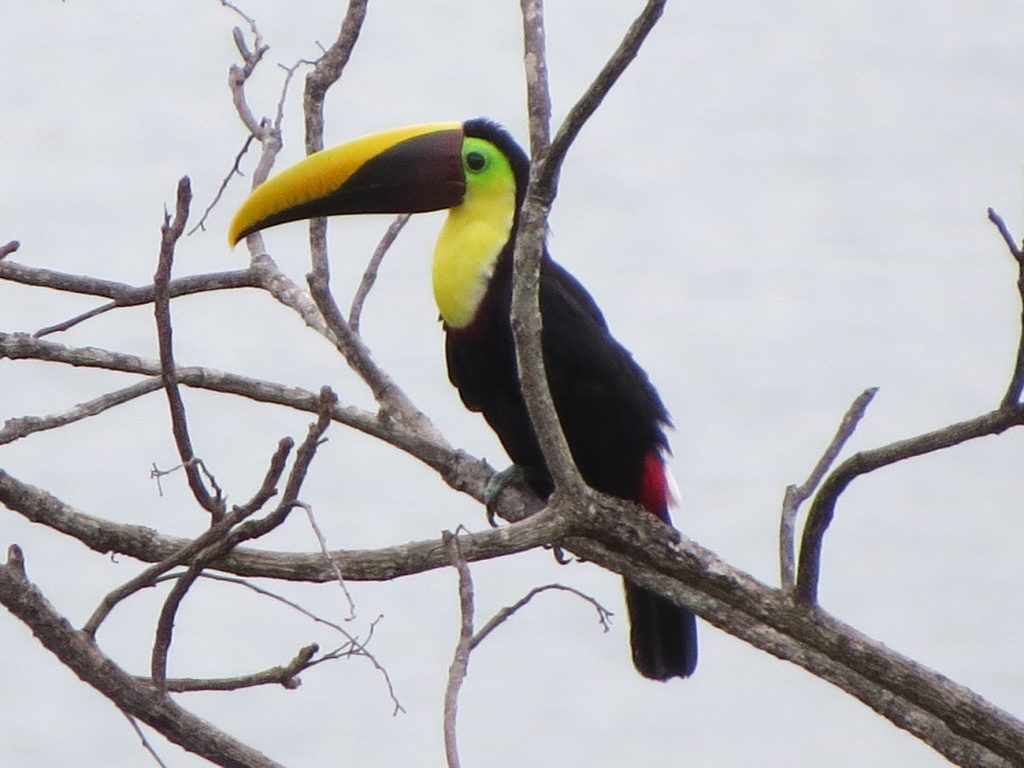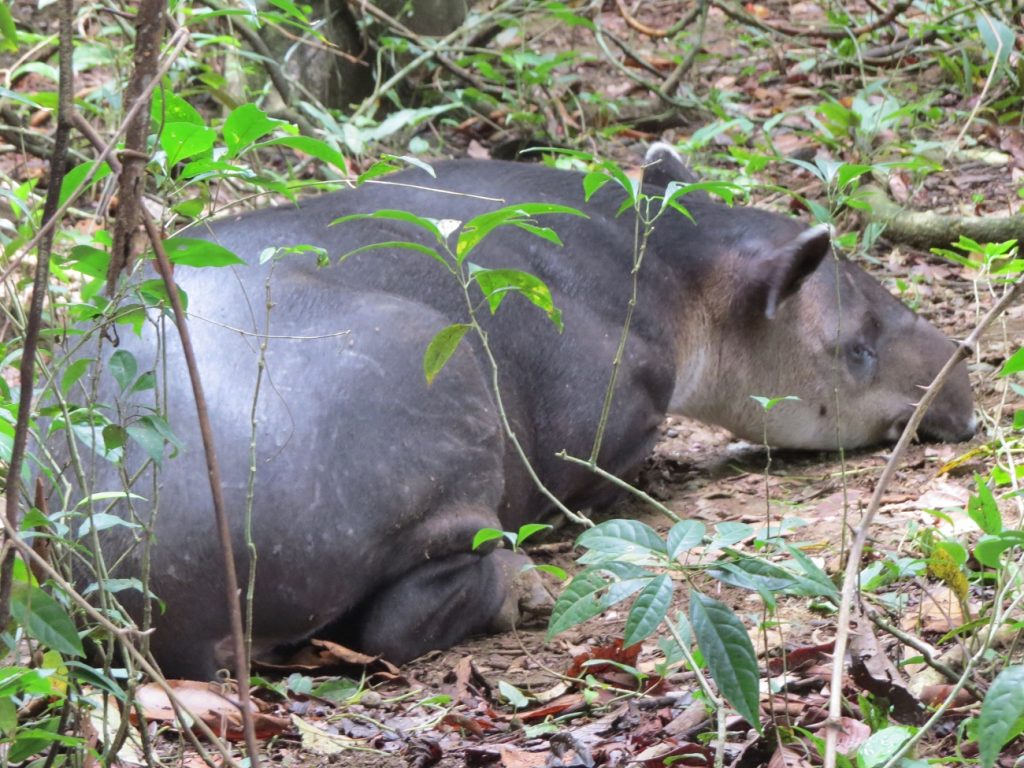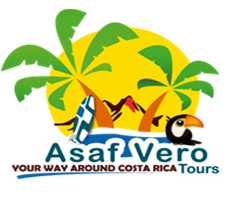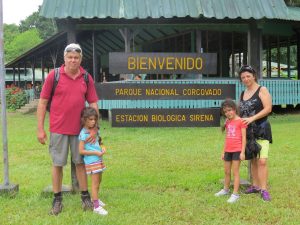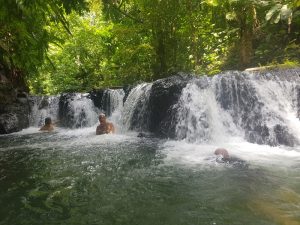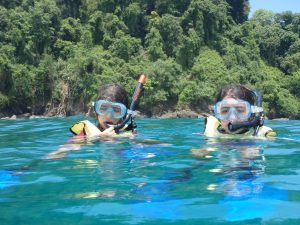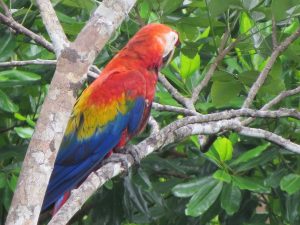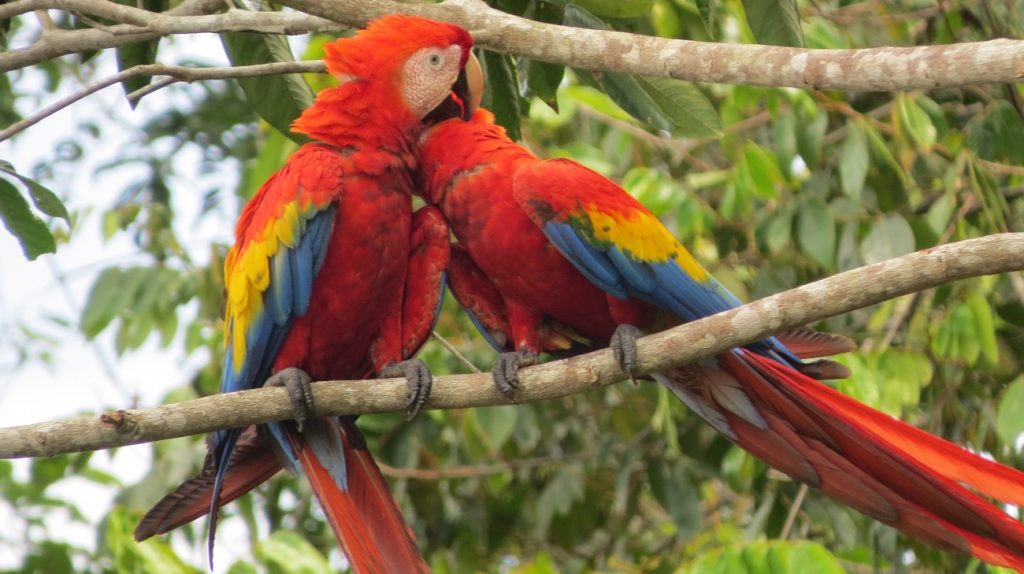
Corcovado National Park is a reserve on southwest Costa Rica’s Osa Peninsula that protects varied tropical ecosystems. Considered one of the world’s most biodiverse regions, its wildlife includes scarlet macaws, tapirs, jaguars and squirrel monkeys. The park is home to one of the largest primary rainforests on the Pacific coastline.Hiking trails follow coastal and inland routes through habitats ranging from Pacific beaches and mangrove swamps to lowland and montane rainforests.
In addition to the terrestrial wildlife, the waters surrounding Corovado and the Osa Peninsula are home to many species of fish and marine mammals. Humpback whales from both the northern and southern hemispheres come to this area to breed annually. There are also false orcas and pilot whales from December through April. In addition, roughtoot, common, spinner, spotted and bottle nosed dolphins are all common spotted just off shore. Check here for dolphin and whales seasonal patterns in Costa Rica.
There are 4 ranger stations at La Leona, Los Patos, San Pedrillo and La Sirena
Lying in the beautiful blue Pacific Ocean, some 20 km offshore from the Osa Peninsula at Drake Bay, you’ll find Isla del Caño or Caño Island, an amazing marine biological reserve in Costa Rica as well as of considerable geographical and archeological importance. Evidence of this island’s history is the incredible stone spheres that have been found here, all of which are hand carved and perfectly rounded.
The real beauty of Caño Island is not found on its land, but underwater. This island’s virgin waters are some of the bluest in the country, and are home to a spectacular variety of stunning marine flora and fauna as well as some gorgeous coral reefs.
Rated as being the one of best underwater adventure diving spots in the world, the Caño Island Biological Reserve is also home to a huge variety of fish, whales and sharks.
With fantastic underwater visibility, one can see on any given day, sea turtles, dolphins, stingrays, manta rays, moray eels, barracudas, tuna, snapper and grouper swimming alongside a variety sharks and humpback or pilot whales.
Top attractions in Corcovado
Some photos from Corcovado
